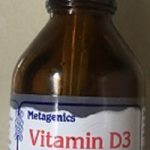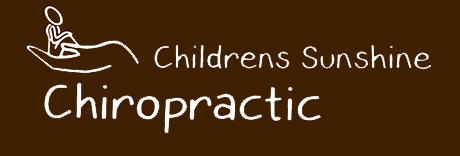What’s the deal with Vitamin D?
by Dr Adam Epskamp
Ah Queensland, the Sunshine State. The sun is celebrated in Queensland and having recently moved to the East coast, I look forward to spending more time in the sun. A colleague of mine commented recently that vitamin D deficiency isn’t a major concern here; this got me thinking… will an increase in daylight hours correlate with getting adequate sun exposure?
The Australian Bureau of Statistics and Sullivan Nicolaides Pathology investigated multiple states across Australia. Both showed that Vitamin D deficiency was lower in the Summer months when compared with the winter months right across the country. When comparing the rates of Vitamin D deficiency in Queensland; during winter the range was between 15 – 32% (approximately 1 in 4 people) and in summer the range suggested deficiency exists somewhere between 6 – 22%, thats up to 1 in 5 people experiencing a deficiency! These results tell us that Queensland does indeed experience less Vitamin D deficiency when compared to other states like Victoria and Tasmania; however, the rates of deficiency in the Sunshine State do not paint a picture of health, in fact they indicate a significant health issue.
Vitamin D is required for the healthy function of multiple organ systems including parathyroid, the bone and muscle systems and the gut. Deficiency has been associated with diseases like osteoporosis, type 2 diabetes, obesity, cardio-vascular disease, multiple sclerosis, depression, inflammatory bowel disease and the list goes on.
So how do we get Vitamin D from the sun anyway? The UV-radiation in sunshine converts the precursor molecules in our system to active Vitamin D3 in the body, and is the best way to increase Vitamin D levels. In winter months it can take 15-40 minutes of sun exposure per day on around 15-20% of your skin to stimulate enough vitamin D for healthy bodily function. This time frame is even longer for those with darker skin. It is pertinent to mention at this point that covering up with clothing and broad spectrum sun creams will prevent adequate sun exposure required for the body to increase Vitamin D levels.
In the winter months I recommend supplementing Vitamin D to support bone health, hormone health and general wellbeing. Studies also show a correlation between adequate levels of vitamin D and decreased rates of cold and flu. My brand of choice is Metagenics Vitamin D3 liquid as it is a high quality supplement and this product in particular is free from nuts, seeds, lactose, gluten, soy protein, dairy protein and corn.
The take-home here is just because we are blessed to be living in a subtropical climate with abundant sunlight, it does not guarantee sufficient sun exposure to achieve adequate Vitamin D production. If you want to know if your Vitamin D levels are within a healthy range (adequate levels: ≥50 nmol/L1), testing can be done through Medicare under referral from your GP.
For more information regarding correct supplementation of Vitamin D please feel free to get in touch with me via my website or Facebook page.
REFERENCES
- Australian Bureau of Statistics. (2014). Australian Health Survey: Biomedical Results for Nutrients, 2011-12, FEATURE ARTICLE: VITAMIN D. http://www.abs.gov.au/ausstats/abs@.nsf/Lookup/4364.0.55.006Chapter2002011-12
- Sullivan Nicolaides Pathology (2012). Vitamin D – at risk from a little missed sunshine. Retrieved from http://www.snp.com.au/media/255136/item_08841_why_is_vitamin_d_detection_lower_in_queensland__reviewed_february_2012.pdf
- McGrath JJ, Kimlin M, Saha S, Eyles D, Parisi A. (2001) Vitamin D insufficiency in south-east Queensland. Medical Journal of Australia. 174; 150-151. http://citeseerx.ist.psu.edu/viewdoc/download?doi=10.1.1.574.505&rep=rep1&type=pdf
- Martineau Adrian R, Jolliffe David A, Hooper Richard L, Greenberg Lauren, Aloia John F, Bergman Peter et al. (2017). Vitamin D supplementation to prevent acute respiratory tract infections: systematic review and meta-analysis of individual participant data. Retrieved from http://www.bmj.com/content/356/bmj.i6583
